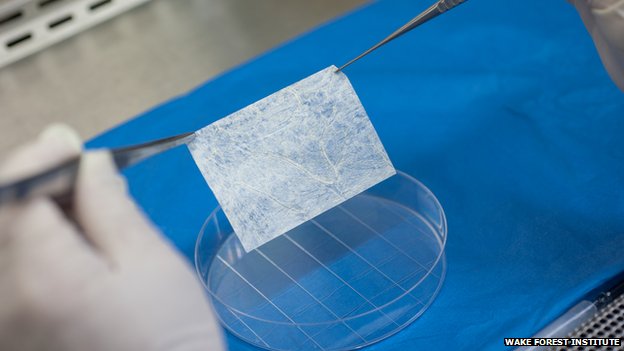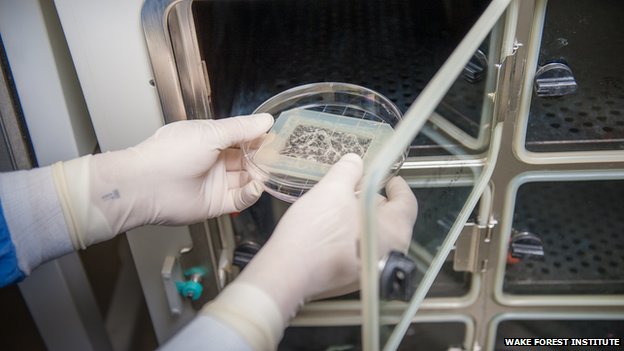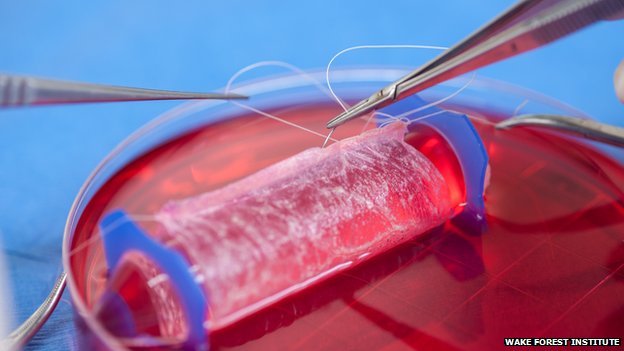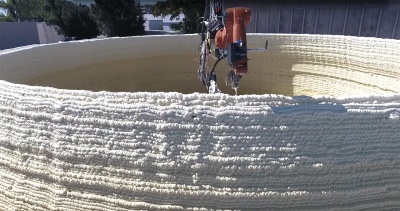Dubious developments allow us to print 3-D guns, grow “hamburgers” in a petri dish, and design environmentally responsive haute couture. Now a new application of technology radically transforms the human experience! Four women have had new vaginas surgically implanted; organs fully lab-grown.
Don’t let this provocative body part distract you from the news – this experiment powerfully changes modern medicine.
The procedure – the latest example of regenerative science – was performed by doctors at Wake Forest Baptist Medical Center in North Carolina and published in medical journal The Lancet. The implants happened eight years ago, but this is the first time the results have been reported.

The four patients – teenagers at the time of surgery – suffered from a rare condition known as vaginal aplasia, wherein the vagina does not properly form in a developing fetus. Previously, treatment involved surgical creation of an internal cavity, which is then lined with intestinal tissue or skin grafts. The condition is often associated with other reproductive organ abnormalities, but two of these patients had fully developed uteri, making it theoretically possible for them to conceive post-transplant.
To build the organs, doctors harvested tissue samples from each patient’s underdeveloped vulva (ensuring a perfect match), from which a large batch of cells were then lab-grown. A biodegradable “scaffold” was formed to the right size and shape for each woman; muscle cells were attached to the outside of the scaffold and vaginal-lining cells to the inside. Placed inside a bioreactor where nature took, building right-for-purpose tissues until they were suitable for surgically implant.
 “Really for the first time we’ve created a whole organ that was never there to start with, it was a challenge,” said Dr. Anthony Atala, Director of the Institute for Regenerative Medicine at Wake Forest. All four patients subsequently reported normal sexual function.
“Really for the first time we’ve created a whole organ that was never there to start with, it was a challenge,” said Dr. Anthony Atala, Director of the Institute for Regenerative Medicine at Wake Forest. All four patients subsequently reported normal sexual function.
Lab-grown tissue built upon biodegradable substructures could soon bump out current practice of removing cartilage from ribs or ears or in order to perform facial reconstructions. (3-D printed substructures are already used to regrow bone). Atala told the BBC that he expects 3-D printing to further revolutionize the field.
Living tissue has already been used to grow fully functional human bladders and blood vessels. Researchers at the University of Basel in Switzerland have used similar techniques to reconstruct noses damaged by skin cancer. And Professor Martin Birchall, a surgeon at University College London, successfully lab-grew and transplanted human windpipes.
Faintly beating hearts and urine-producing kidneys have been created in animal studies. Can human applications for more complex organs be far behind?
All images from Wake Forest Institute




